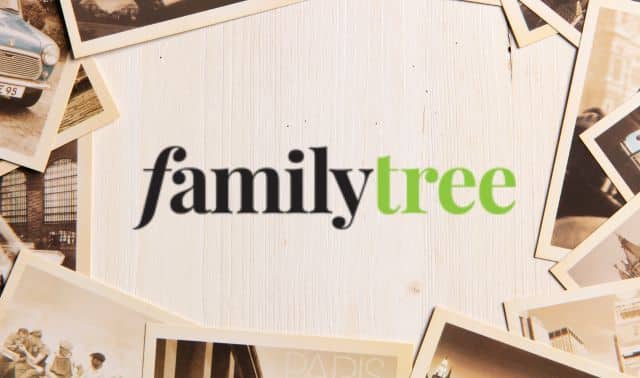In the 19th century, families sometimes added an interesting twist (or braid or curl) to their memory albums: pieces of their friends’ and relatives’ hair.
Many women save a curl from their child’s first haircut. It’s fairly universal because it helps mothers remember the transitory nature of babyhood. Hair symbolizes the person and provides memories associated with him or her. Collecting hair samples is nothing new, as a matter of fact; young women in the 19th century exchanged locks as friendship tokens and placed them in albums.
Handmade or store-bought autograph albums are of German origin, but in the Victorian period, young women created a different sort of album, one that became a testament to the strength of their friendships and family connections. Why was hair used? Very simply, hair does not decompose; thus the friendship lasts beyond the grave. The motivation is summed up in this poem: “This lock of hair I once did wear, And now do freely give, That you may see and think of me, As long as you do live.” Hair was also an integral part of mourning jewelry, for which the Jeweler’s Book of Hairwork (1840) provided creative guidance. A recent article in Antiques magazine (March 2001) presented a variety of examples of this beautiful artwork.
The New England Historic Genealogical Society has in its collections a friendship album created by Helen Marion Adams (1834-after 1893) of Fairhaven, Vt. Helen started the album when her father Joseph Adams (1802-1878) sold his business in Fairhaven in 1843 and moved the family to Racine, Wis., for two years. Only 10 when she began her book, Helen probably saw other albums or jewelry before embarking on her collection. Her album predates by more than a decade the national trend that appeared in articles in both Godey’s Lady’s Book (1859) and Peterson’s Magazine (1864).
The album is composed of hair weavings, paper cutouts of various shapes, poems, expressions of friendship and autographs. It’s unclear who created the weavings. Typically, the presenter wove the hair and placed it in the album. In this album, however, it’s quite possible Helen actually collected samples of hair from various friends and relatives and placed them in the album. The bulk of the hair is from individuals in Fairhaven, Vt., and Whitehall, NY. But there are also examples from family in West Haven, Vt., Granville and Hampton, NY, and Boulton in what was then Canada East. The first one is from David and Melinda Bosworth of Low Hampton, NY, who wrote, “A small memento left behind recalls an absent friend to mind” under a hair weaving and paper cutout of two hearts.
There are so many spectacular examples in her album. A married couple included another pink paper heart with hair from Asa and Cynthia Meacham of Whitehall, NY. The woman’s hair is woven while her husband’s lock is a simple loop. A few hair weavings are on separate pieces of paper glued into the album such as one addressed to Mrs. and Miss Adams from Ruth Howard. One of the fanciest weavings comes with this inscription: “This lock of hair I will place in your little book for the remembrance of your friend Laura L. Sherwin, Fairhaven, Vt.”
Even before the album, Helen’s family was already collecting hair. There are several examples of postmortem samples from her grandmother, as well as Ira M. Adams (died June 9, 1833) and Edwin R. Adams (died June 25, 1832), years before the beginning of the album. These are part of a family page that included children’s hair with names and ages. Her parents’ hair is part of this selection with their hair and full names, “Joseph aged 40 and Stella Adams aged 37 years, Fairhaven, Vt.”
The genealogical value and sentimental value of this small album can’t be overstated. Not only is there a family tree within its pages, but individuals with connections to the localities included in her friendship album may find pieces of their ancestor’s hair. A lock of hair and autograph become a link to the past by adding to your understanding of family through hair color and handwriting.
But in this age of genetic genealogy, what can hair itself really tell you about your family? As it turns out, not much. Under a microscope you might see evidence of very uncommon genetic hair abnormalities, but it’s important to remember that hair is dead. If you want to learn more about your genetic past, blood and tissue samples are better choices.
Regardless of its genetic value, this hair book is an illustrated family tree created by a young girl. Why not have your children or grandchildren create a different type of family scrapbook using hair, handwriting and photographs? While some people consider this unusual, it was actually a common hobby in the 19th century that’s reflected in today’s scrapbooking phenomenon.
From the August 2002 issue of Family Tree Magazine





